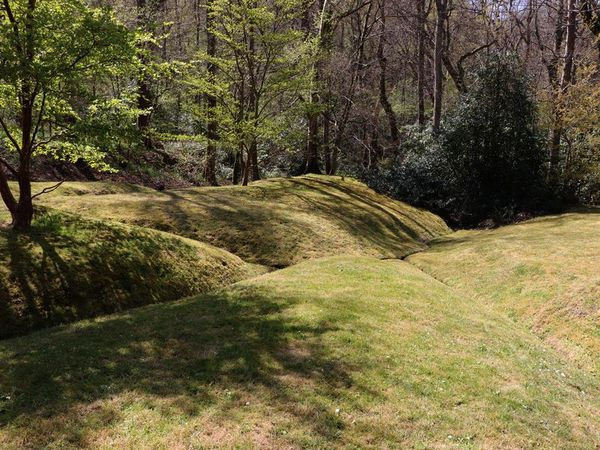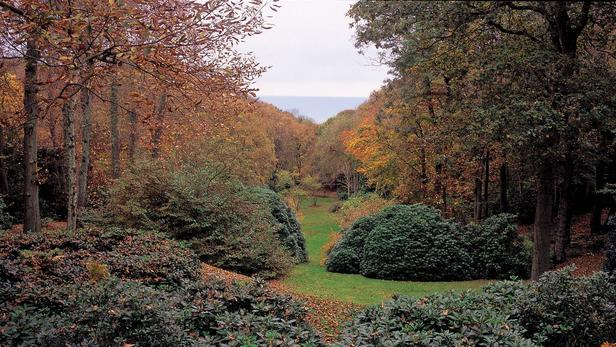Precedent critique - Pascal Cribler - Bois de Morville
For this week's precedent critique, I looked at the Bois de Morville by Pascal Cribler. Cribier graduated as a DPLG architect in 1978, in his career he designed more than 200 gardens internationally and was involved in a variety of projects, including the Tuileries Gardens and the Grand Paris project. Architecture training aside, he preferred and insisted on being known as a gardener, choosing to label himself neither a landscape designer nor an urban planner. His design philosophy was simple: start from the site, the soil and the wind, listen to the people living there, and he preferred planning on site than on a computer.
The gardens of Bois de Morville are considered his most intimate project. Created in an austere north-facing valley in Normandy together with his friend Eric Choquet and the gardener Robert Morel. Kilometres of drains were hand dug, to remove excess water from the poor draining soil. Its those furrows that drew me to this project as the sculpted effect is something I would be interested in emulating. Personally, it looks like a miniaturised landscape within the boundary of the wooded area, or a world populated with giant ancient trees. The ornamental plants: mahonias, camellias, rhododendrons, etc... were all chosen to match the soil. With clay in some places, and sandy loam in others.
Cribier was detail-oriented. He studied the placement of each tree is carefully and moved plants if necessary. This sense of detail encompassed both aesthetics and functionality. All the big trees were pruned by Cribier himself, in which he took great care, managing both to allow light through the trees and to keep all the low branches. Through pruning, Cribier opened up the sea view at the far end of the garden, which he magnified later by installing a frameless rounded bay window in the living room of the main house. The manufactured vista is shown in the images below and is quite captivating.








Comments
Post a Comment